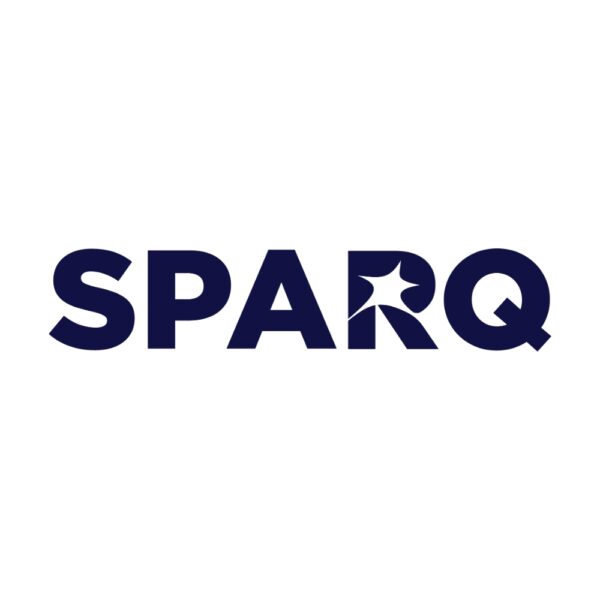There are many different types of classification information stored in SAP, with vendors being one very important type, as this information can potentially be included in audits. Because of that, a client may need to keep track of what changes have been made to the classification information for its vendors. These changes are stored in change documents and must be turned on for the client. It can be a fairly complicated process, so I’ve summarized the steps of how to accomplish these tasks below.
Turn Vendor Classification Change Documents ON
First step, ensure that the number range 01 is maintained (1-max) for the number range object CU_INOB (OSS note 65124)
Next, run program RCCLUKA2. This program checks a check box in config (will show that next) and refactors object keys in table INOB. In general, the vendor number is the object key used to look up characteristics in table AUSP. This program will change that key. You would use your vendor number as field INOB-OBJEK and get INOB-CUOBJ to use in AUSP instead. This could impact custom code and that needs to be kept in mind.

Once the program has successfully run, configuration to turn on change documents can be done. The path is SPRO->Cross-Application Components->Classification System-> Classes->Maintain Object Types and Class Types

In the table that comes up, find LFA1, highlight the row, and choose Class Types in the left panel.

The program ran RCCLUKA2 that was run previously will click Multiple Objs allowed. It looks like we can click it because it’s not grayed out, but it will not actually let you do it. But, once the program has run and that is clicked, we can then click Change Docs and click back, then save.

Now, change documents for Vendor Classification will be turned on and working.
Turn Vendor Classification Change Docs OFF
(On case it was turned on and there was an impact that wasn’t foreseen or the customer decides they no longer want this)
First, we’re going to go back into configuration and tick off the Change Docs checkbox and save. Follow the same SPRO steps as turning the change documents ON, except we’re unticking the check box.
Run program RMCLINOB. This will tick off the Multiple objs allowed checkbox and fix the object keys so that they will be the way they were before the change documents were turned on.

The process to turn the change documents for vendor classification on and off isn’t hard, but finding the steps to actually turn them on (and especially how to turn them back off) was. Hopefully, having all of the steps in one place will help others avoid the hassle when needing to turn on change documents for vendor classification.
About the Author:
Brandi Setzler is a Principal Consultant at Sparq and has been with the company for 15 years. She’s spent her career specializing in SAP ABAP. Brandi has led remote teams and worked as a developer for several clients as well as trained new employees to work in the space. She lives for her family, which includes a husband, two children, three French Bulldogs, a husky mix and three cats.

Snowflake Summit 2025 Announcements
Snowflake Summit 2025’s latest announcements made it clear: the path to genuine AI-driven impact hinges on frictionless access to data, the ability to act on it with clarity, and absolute confidence in its protection. Learn more about how they're making that happen for customers in this article.

How ChatPRD Helps Build Better Stories (and a Stronger Team)
When user stories are vague, it slows down delivery, trust, and momentum. This article by Senior Product Strategy Consultant Traci Metzger shows how she used a lightweight, AI-guided system (ChatPRD) to write clearer, developer-ready requirements that actually accelerated execution.

QA in the Age of AI: The Rise of AI-Powered Quality Intelligence
As organizations push code to production faster, respond rapidly to new customer needs and build adaptive systems, the expectations on quality have changed. It's no longer enough to simply catch bugs at the end of the cycle. We’re entering an era where quality engineering must evolve into quality intelligence and organizations adopting quality intelligence practices are reporting measurable gains across key delivery metrics. Learn more in this article by Principal Engineer Jarius Hayes.

Operational Efficiency in the AI Era: What Matters and What Works
Ever wonder how leading teams are cutting costs without cutting corners? Hint: it starts with AI. In this article by Principal Delivery Manager Kabir Chugh, learn how AI is powering smarter ops, faster deployments, and measurable savings across industries.
